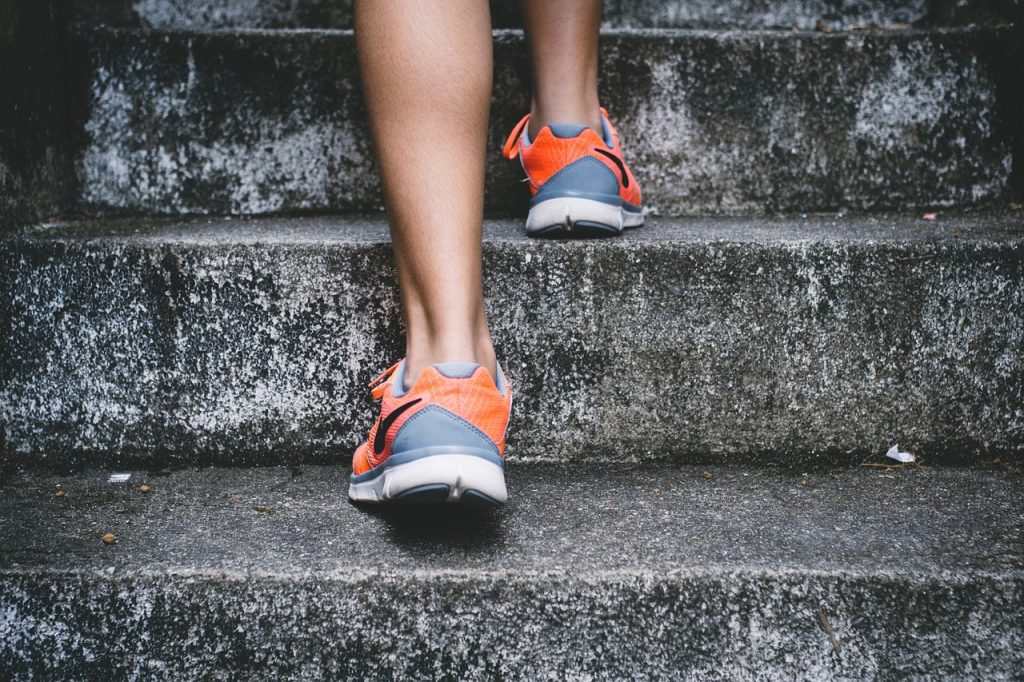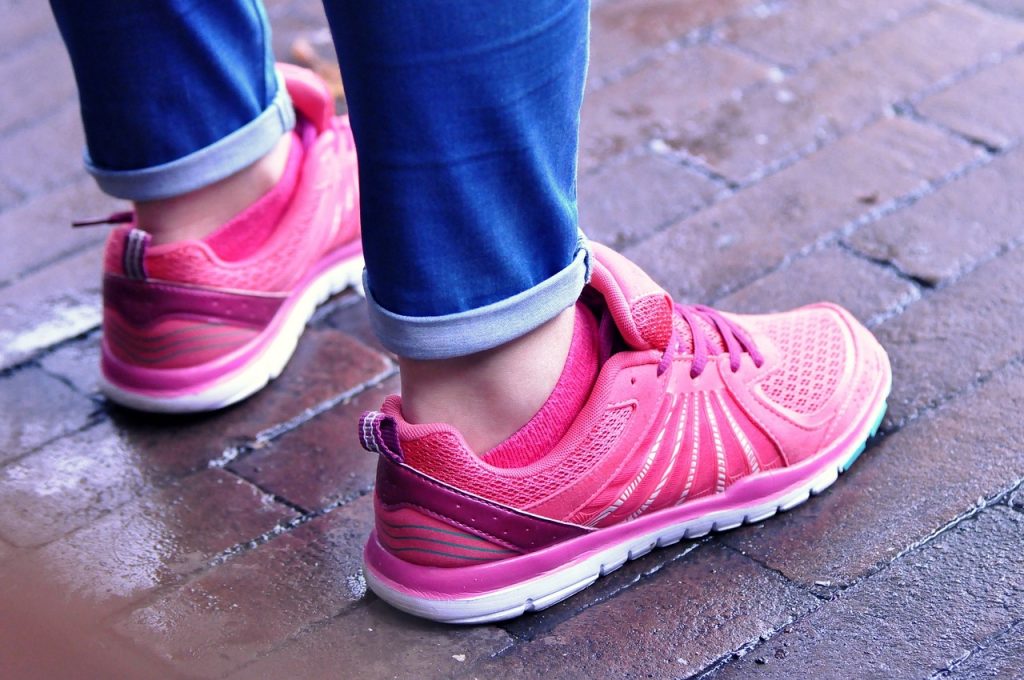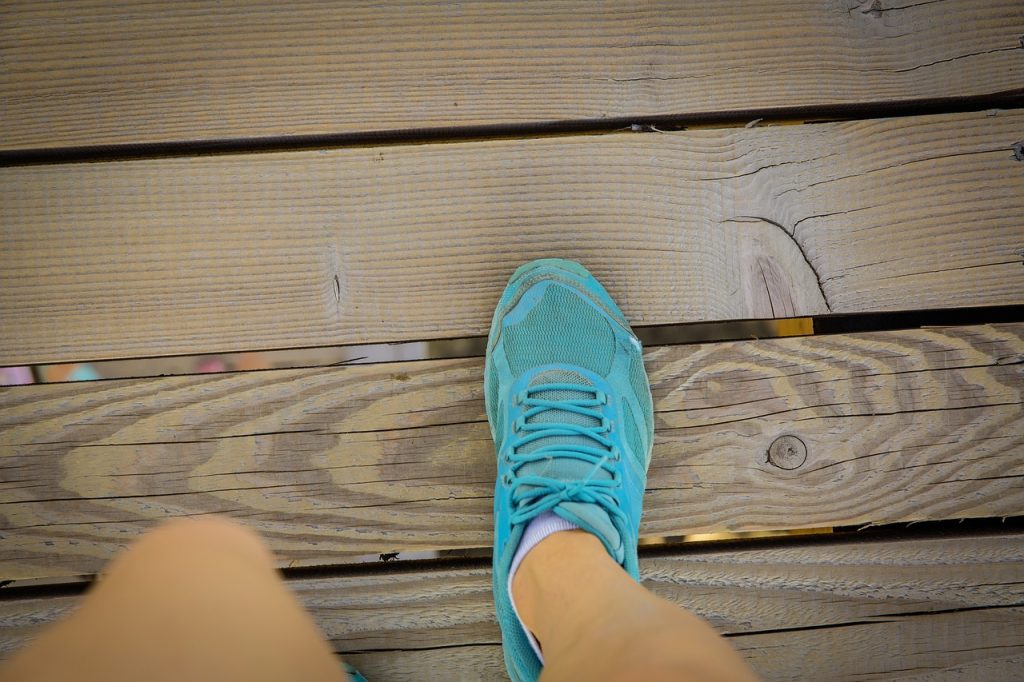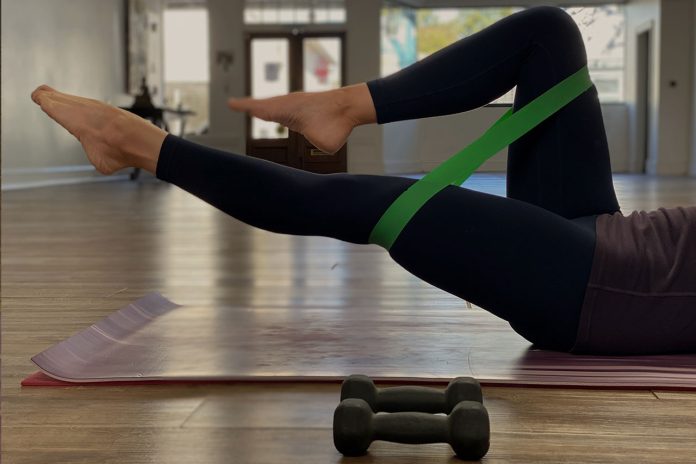How to choose the best running shoes for women? An estimated 60 million women in the United States identify as runners. However, many fail to put sufficient thought into choosing proper footwear for their training needs and biomechanics. Selecting the right running shoes provides essential cushioning, support, and durability to avoid pain and injury when you hit the road or trail. This article will outline key factors to consider when shopping for women’s running shoes.
Table of Contents
You may also want to know: The Complete Guide to Start Running for Better Health
Determine Your Foot Type
Most runners exhibit a neutral foot, meaning proper arch support and no major misalignments in how their foot strikes the ground. However, some women have higher arches requiring motion-control shoes, while others have flat feet needing extra cushioning.
Visit a specialty running store to have your foot type professionally evaluated. This determines pronation levels and your ideal balance of cushioning and stability. Matching shoes to your foot biomechanics prevents aches, pains, and improper gait mechanics.
Consider Your Training Surfaces
Do you mostly run on paved roads and sidewalks or head off-road on trails? Road running shoes have more shock absorption and a flexible sole to smooth the impact of hard concrete. Trail shoes are sturdier with aggressive tread for gripping uneven terrain in nature.
If you split running between road and trail, consider purchasing shoes designed specifically for each surface to optimize performance and prevent injury. Don’t just rely on one pair for both types of training. Match footwear to where you will run the most.

Determine Pronation Level
Overpronation is inward foot rolling on impact, which requires motion-control shoes. Neutral pronation means the foot strikes correctly, needing a balanced shoe. Underpronation or supination is outward foot rolling, requiring extra cushioning.
Get your pronation evaluated to select shoes with the right stabilizing features. Severe over or under-pronators need maximum control or cushioning. Mild pronators can wear neutral shoes with some support. Proper pronation management prevents foot, knee, and hip pain.
Evaluate Cushioning and Comfort
Running shoes for women aims to provide sufficient yet responsive cushioning without excess bulk. Prioritize comfort on your initial test run. Your feet should feel nicely padded without sinking in too much. Women’s feet need a narrower toe box and snugger heels than men’s shoes.
Make sure ample cushioning covers ball and heel strike zones to absorb shock. Soles should bend where your forefoot naturally flexes. Arch and ankle padding should be secure without chafing. No part of the shoe should rub, pinch, or feel constricting. Comfort enables distance.
Consider Weight
Running naturally involves repetitive impact as your foot strikes the ground with force. A heavier shoe causes more pounding on joints and muscles over each mile covered. Seek women’s running shoes under 11 ounces to minimize fatigue and keep turnover nimble.
However, minimalist shoes with no cushioning can aggravate injuries. Strike a balance between adequate protective padding and lightweight responsiveness. Lighter doesn’t necessarily mean better if it sacrifices shock absorption and durability. Test shoe body feel when running.

Analyze Traction and Stability
Examine the outsole tread pattern and gauge stability by walking and jogging around the store before purchase. Gripping lug patterns prevent slippery spills on uneven terrain but smooth tread maintains flexibility for roads. View the torsional rigidity and midsole support features based on your pronation needs.
Heel counters and supportive overlays should properly lock down your foot without pinching or restricting natural flexion. Your foot should align straight, not tilt inward or outward. Look for an even-wear pattern on display shoe outsoles indicating proper stability.
Consider Breathability
Lack of airflow and ventilation leads to excess moisture and friction. Choose knit, mesh or perforated uppers to allow sweat evaporation and keep feet dry once you build heat. Synthetic overlays where you need structure can also promote airflow.
Some runners prefer shoes with removable insoles to insert orthotics for customized arch support. Try on shoes wearing the socks you normally run in to gauge temperature regulation and blister prevention. Breathability keeps you cool and comfortable when racking up mileage.
Know When to Replace Shoes
The cushioning and support in running shoes wear down after 300-500 miles, increasing injury likelihood. Track your mileage, and invest in new shoes about every 6 months depending on your weekly volume. Replace earlier if you notice padding or tread wearing thin.
Rotate two pairs of the same model to prolong shoe life. Have an expert observe your gait in older shoes to check for indications of diminished correction and shock absorption. Keeping fresh legs and feet safeguards against running overuse injuries.
Investing in properly fitted, high-quality running shoes tailored specifically for women’s feet provides the foundation to log miles comfortably and efficiently. Consider foot type, pronation, running surface, fit, weight, traction, and breathability when selecting shoes. Proper footwear prevents injury and empowers the freedom of running without pain!

Related Links:
https://en.wikipedia.org/wiki/Running




